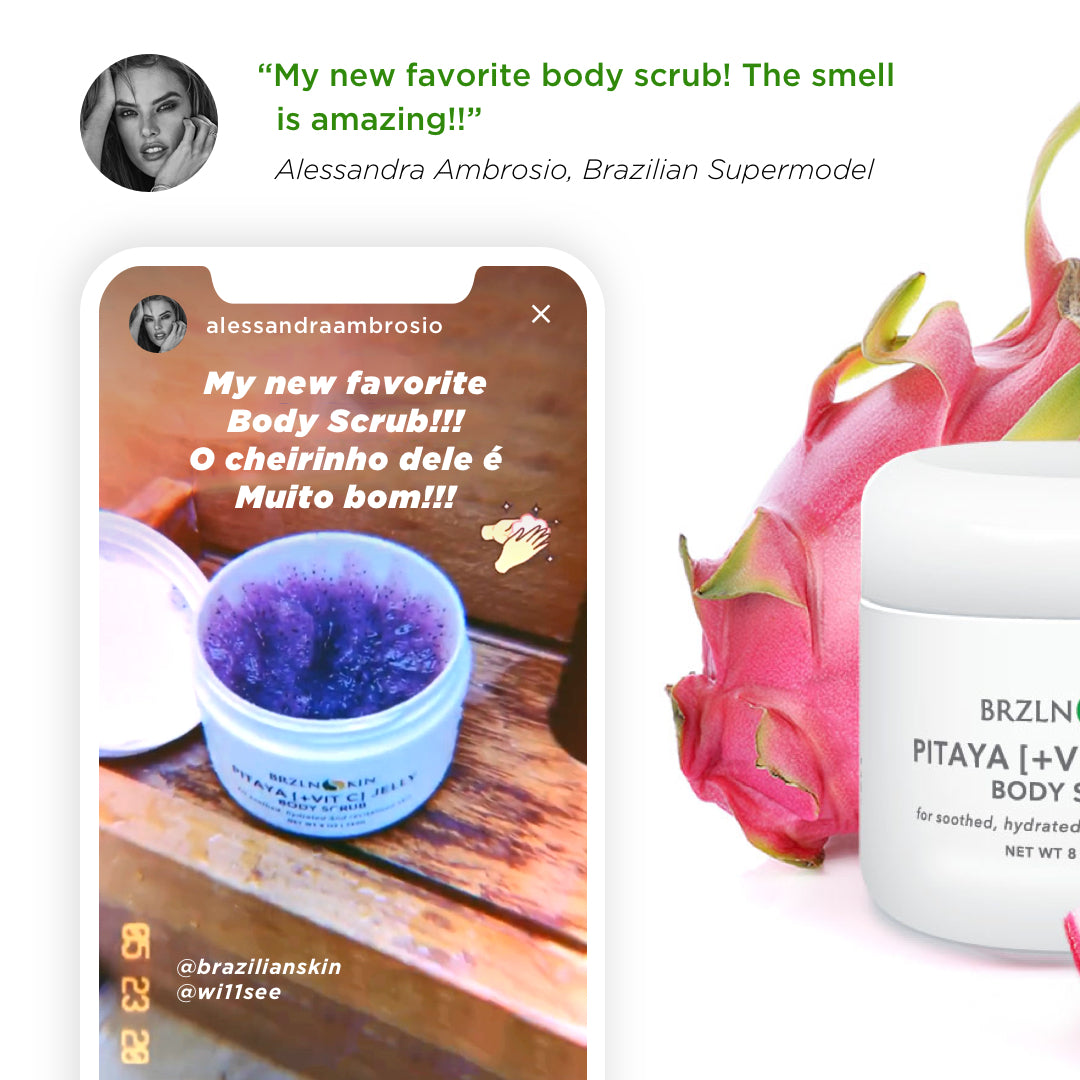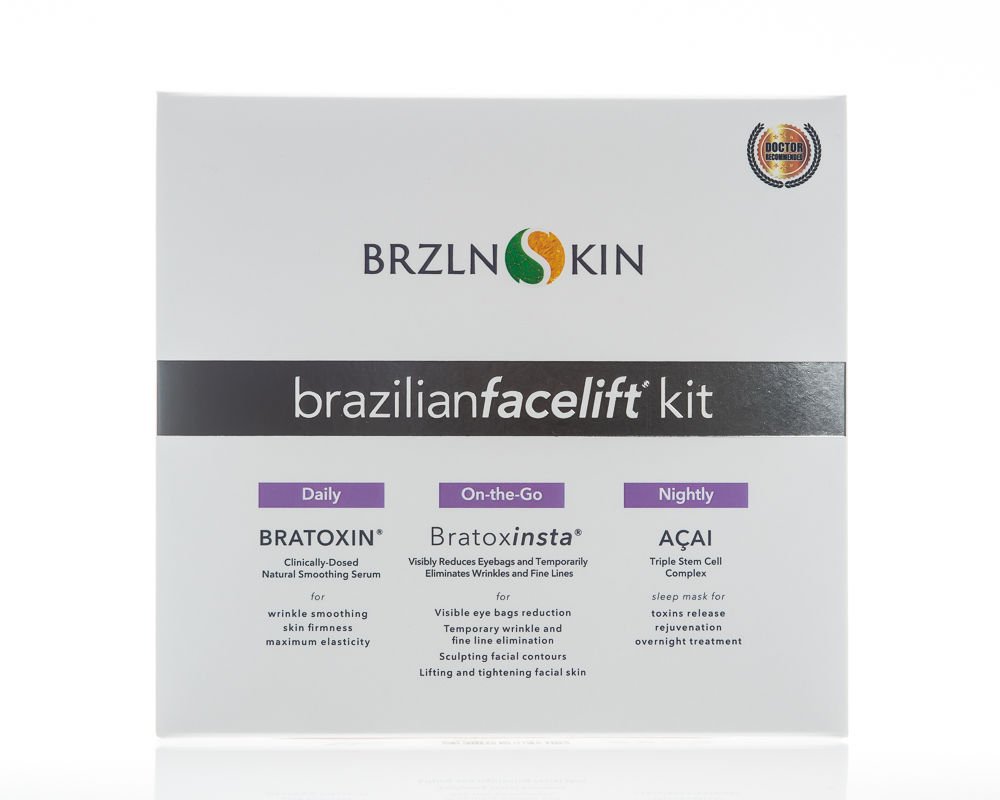The face mask, also known as a beauty mask, is a cosmetic treatment that many women regularly use in the home and that often also require when they visit the beautician.
The face masks are not all the same and must be chosen according to the type of skin of the subject
Face masks are recommended to hydrate the skin, revitalize, tone, purify, nourish and soften it. When applied correctly, face masks can mask even minor skin blemishes.
A face mask is a product consisting of a base, generally bentonite (a clay mineral that is used not only in the cosmetic field), in which various active ingredients are incorporated. The active ingredients that can be used for the preparation of a face mask are many and are chosen according to the effect sought; in the mixtures of face masks, in fact, substances with antioxidant, moisturizing, soothing, emollient, lightening and so on can be present.
Various effects are required on a face mask; must be able to soften and moisturize dry skin, make the skin more elastic, purify it and also protect it from many external aggressions.
To this end, mixtures are studied to restore the correct hydrolipidic balance of the skin and the right pH.
Organic face mask for Hydrating
Did you know that there are a lot of natural organic ingredients that moisturize and soften the skin? And best of all: you probably have them at home! Pep your skin with one of these homemade face masks.
Organic face masks nourish the skin, and you can easily make these yourself! Before you start spreading your mask, you should first open your pores. You do this by putting a warm washcloth on your face. With these organic face masks, you protect your skin during the drizzly and increasingly colder days.
For Dry Skin
Avocado and Honey: Avocado and honey moisturize the skin, and that is just what your dry skin needs. The honey in the mask also ensures that the skin looks smooth. 3 ingredients, you do not need more to make this mask.
What do you need? An avocado 2 tbsp honey 1 egg yolk
That's how you make it: Crush the avocado in a bowl. Add two tablespoons of honey and one egg yolk. Mix everything in the blender or stir well by hand. Make sure that there are not too many pieces in the mixture.
Apply it to your face and neck and rub well open. Let the mask rest for half an hour. After half an hour, remove the mask with warm water. Dry your face carefully.
For Sensitive Skin
Is your skin irritated? This mask performs miracles! Oatmeal works calming and cleanses the skin. What do you need? 1 cup of yogurt, nature 1/2 cup oatmeal That's how you make it Add the yogurt together with the oatmeal and mix it in a bowl. Apply the mask and let it work for 10 to 15 minutes. Wash the mask off your face with warm water and pat dry. Tip Do you have oily skin? Then add a few drops of lemon juice. For dry skin, you can add a few teaspoons of honey.
When smearing, save the eye zone. Your eyes and the skin around them are too sensitive to the high concentration of active ingredients. Is your face mask too walking? Let the mixture stiffen in the refrigerator. Also, coconut oil and olive oil do wonders for the skin!
Face masks - both solid and soft - have one goal: to improve the condition of the skin. The mask can be bought or prepared alone (for example with the addition of specific fruits), and its choice should depend on the type of skin and the effect we want to achieve.
Normally a face mask is applied to start from the chin; then it goes to the neck and to the rest of the face; the contours of the lips and of the eyes must remain excluded from the application.
A face mask has a shutter speed of about 20 minutes; during this time, a special decongestant product can be applied to the eyes or, in a very homely way, two slices of cucumber.
Once applied on the face, not all the masks give the same sensations; some, even after some time that have been applied, remain rather soft; others dry up very quickly and seem to wear a very stiff mask.
The frequency of application of face masks depends mainly on the ingredients of the mixture; in the case of mixtures with a soothing, softening and moisturizing action, the applications can be more frequent (even two or three a week), while in the case of creams with exfoliating action, the uses must be more thinned in time (once a month, two at the most).
See more: Face Masks for Blackheads




